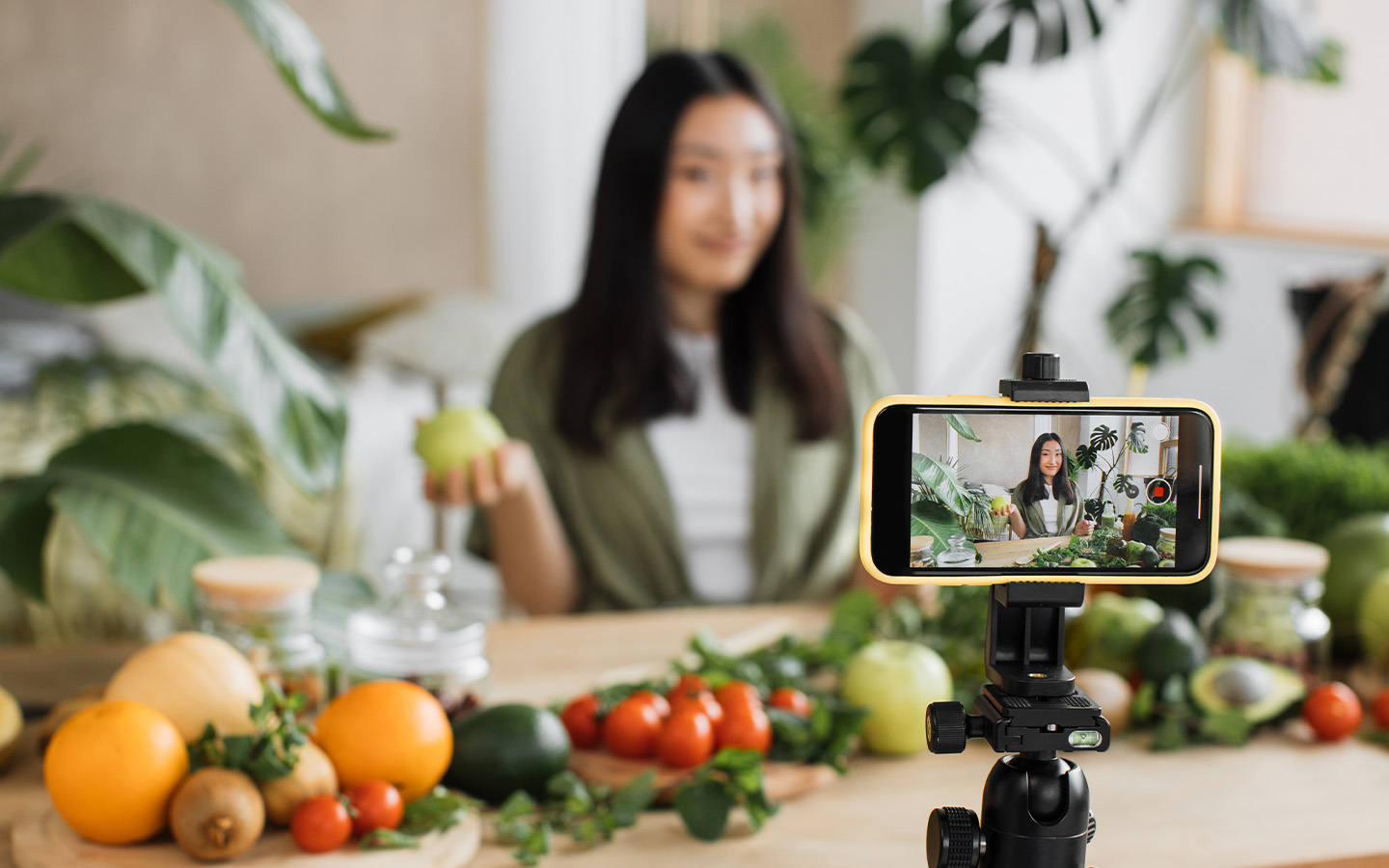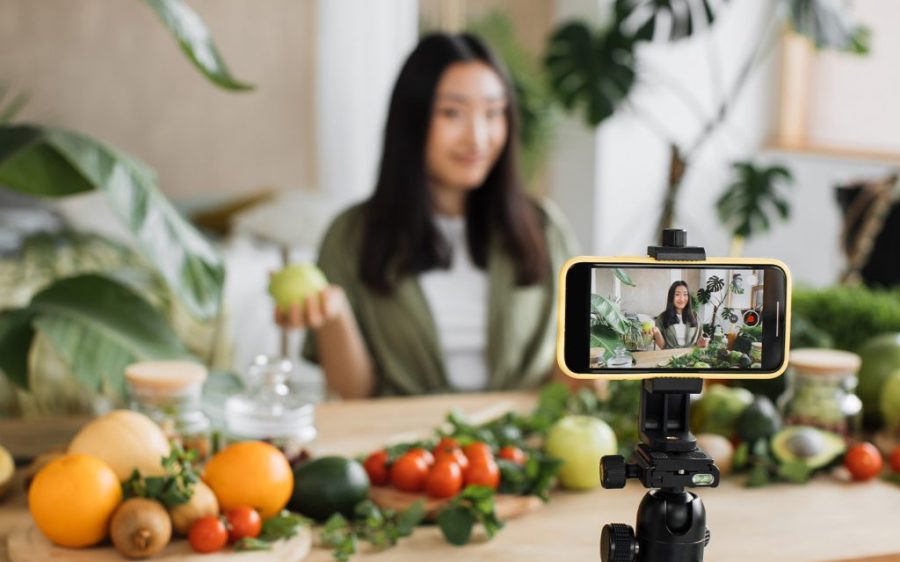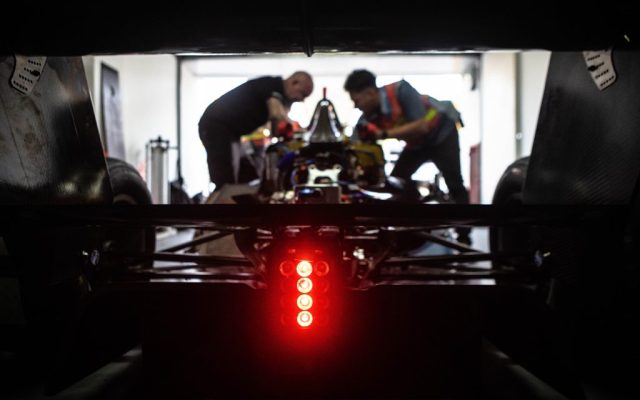Macao is, and always has been, a great place to eat.
It’s home to 17 Michelin-starred restaurants, all of which have raised the bar for creativity. It boasts hundreds of more casual establishments, serving cuisines that range from Chinese, Portuguese and Macanese to Vietnamese, Italian and Thai. It’s also, unsurprisingly, a UNESCO Creative City of Gastronomy. And we haven’t even mentioned the incredible street food.
So much action constantly occurring in its food scene means Macao always stays on top of the trends, too. Whether it’s a focus on plant-based cuisine or clever uses of trendy ingredients, the city is a microcosm of everything happening in the food scene today.
Here are some of the food trends shaping 2024 – and where to experience them in Macao.
Drinking your dinner
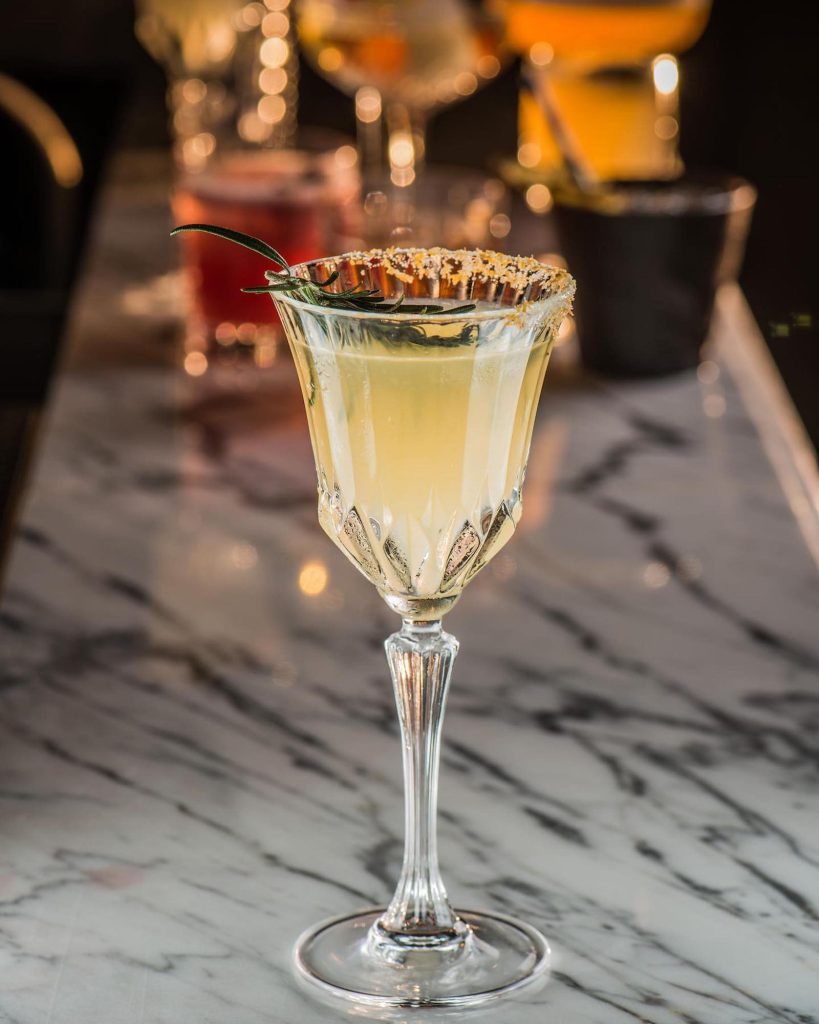
Fat-washed bourbon, fish-infused liqueurs, drinks laced with seaweed or squid ink – savoury cocktails are having a moment, according to the New York Times. Macao may have beaten the rest of the world to the punch, too.
At every St. Regis bar worldwide, you’ll find a locally inspired play on the Bloody Mary, a nod to the hotel’s history. According to St. Regis lore, Fernand Petiot perfected his vodka and tomato juice concoction at the St. Regis New York’s King Cole Bar in 1934. The St. Regis Bar in Macao is no exception.
Since the bar opened in 2015, its signature Maria do Leste has reimagined the Bloody Mary with flavours and ingredients found across the Lusophone world: chouriço (sausage) from Portugal, pink peppercorn and lime from Brazil, piri piri (chilli sauce) from Africa, cinnamon and paprika from India, black vinegar and black peppercorn from China, lobster and sea salt representing the Portuguese maritime traditions and, of course, Macao’s own egg tart as a chaser.
In Taipa Village, Goa Nights serves a range of drinks inspired by Vasco da Gama’s global footprint. The Goa cocktail combines crème de cassis and Peychaud’s bitters with chouriço fat-washed bourbon. The latter is an increasingly common infusion technique, in which alcohol is infused with something oily, like sausage, then frozen to separate the fat from the liquid. The fat is then scraped off, but the flavour of the sausage remains.
If those aren’t savoury enough, visit the recently opened Andaz Bar. Here you’ll find drinks like the Cultural Touch, which marries two kinds of whisky, duck fat, popcorn and walnut bitters, and Along the Coastline, an umami-rich cocktail featuring vodka, sake, seaweed, toasted rice syrup and wasabi.
A focus on Asian ingredients

Unexpected Asian ingredients aren’t new to anyone in Macao. Whether it’s matcha frappes at Café Maiko or durian ice cream at Mok Yee Kei in Taipa Village, shops across the SAR have served novel pan-Asian treats for years. But Time magazine says Asian ingredients will really take off in 2024.
“Expect Asian flavours and ingredients to have a moment. Black sesame, ube and milk tea will follow the path of matcha and become more prevalent,” Denise Purcell, vice president of resource development for the US-based Specialty Food Association, predicted in Time’s annual roundup of emerging food trends.
Those ingredients have, of course, long been on menus across Macao.
Honest Bakery in the NAPE district has whipped up Thai milk tea Basque cheesecake to serve alongside brunch bites like Laksa shrimp toast, while LemonCello, one of Macao’s most popular dessert shops, regularly serves black sesame gelato, plus flavours like yuzu and black mango.
At the Mandarin Oriental’s cake shop, you can pick up pound cakes that incorporate flavour profiles from across Southeast and East Asia, including pandan chiffon and coconut ganache, mango cream and passionfruit jelly, and pear confit and lemon yuzu cream. And beloved Taipa Village sweet shop Mochi Macau sells their signature Japanese-style treats stuffed with fresh mango, coconut and durian.
Plant power

One of 2024’s biggest trends is the rapid rise of meat-free meals. The global plant-based food market is expected to reach a staggering 225 billion patacas (US$27.8 billion) this year, and a quick glance suggests the movement is growing in Macao.
In a survey conducted by the Macau Association of Vegetarian Culture, just 1.3 per cent of residents said they were full-time vegetarians. But 31 per cent reported that they eat at least one vegetarian meal each week. Meat-free cuisine has a long history in China as a Buddhist practice, and what trendy plant-based cafés now sell as “seitan” has long been known to Buddhist diners in China for what it is: wheat gluten, served braised or fried as a meat substitute.
Kaito Si, who opened the meat-free restaurant Vega Vega in 2018, acknowledges these traditions. “Chinese Buddhist practices,” he says “became the stereotype of vegetarianism for many people.” But the young restaurateur is keen to push things forward.
“I wanted to change people’s minds and show that eating plant-based food can be relaxed, interesting and [about animal rights],” he says, “rather than just about religion.”
Now Si says locals and visitors from neighbouring Hong Kong regularly drop by the restaurant in the Nossa Senhora de Fátima district, especially for the plant-based pizzas and burgers – veg-friendly options that weren’t on many Macao menus just a few years ago.
Restaurants that don’t focus exclusively on vegetarians are catering to plant-based diets, too.
Cha Bei at the Galaxy Macau highlights healthy – and often locally sourced – produce like heirloom tomatoes, avocados and Jerusalem artichokes in its hearty, brunch-focused menu. It also has a section on the menu dedicated to Impossible products, the popular meat substitute. Think plant-based burgers and hearty spaghetti with Impossible Bolognese.
Meanwhile Chakra Space, on Travessa dos Santos, serves pan-Asian plant-based dishes, from Okinawan taco rice to Thai-style stir-fried holy basil, offering fun flavour profiles not usually found without meat.
Keeping it local
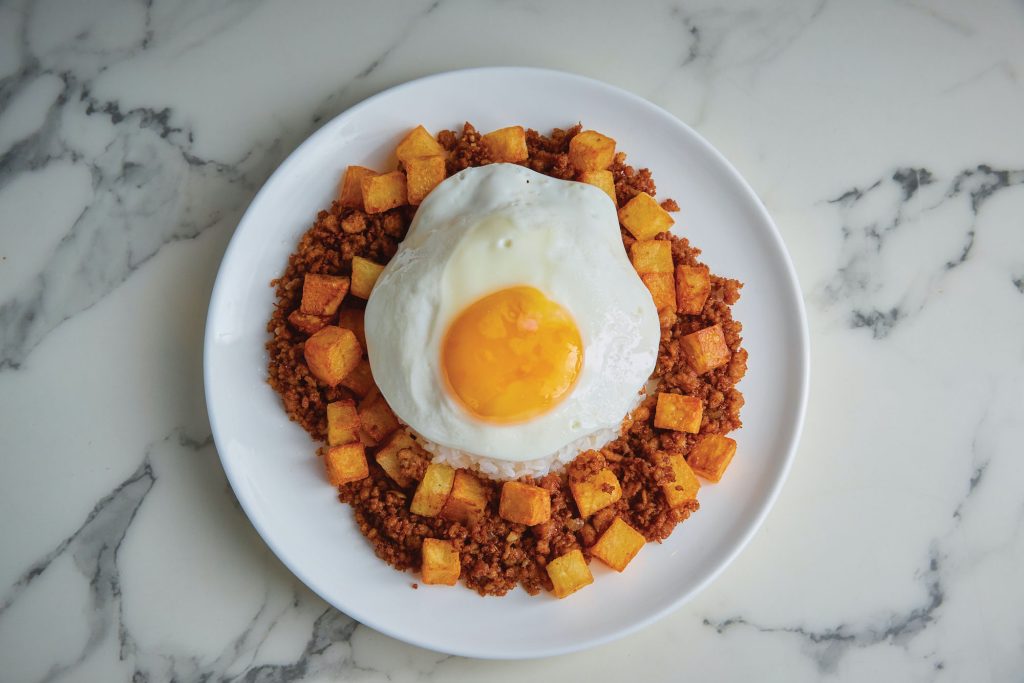
Everywhere you look, eating local food is in these days. It’s easy to understand why. Local restaurants celebrate homegrown food cultures, develop a sense of community and often share pride in long-standing traditions – all while reducing their carbon footprints but cutting back on imported ingredients.
If official initiatives are any indication, Macao will be shining light on its rich culinary heritage 2024. Since being recognised as a UNESCO Creative City of Gastronomy in 2017, the Macao government has celebrated the fusion of cultures and traditions that make eating in the SAR special.
Macao officials recently launched a database to preserve Macanese cuisine, the marriage of Cantonese and Portuguese cooking distinct to the SAR. It has even helped to trumpet this cuisine as one of the world’s first examples of fusion food.
Besides looking outward to expand soft power, local officials have thrown their support behind the Macao University for Tourism Studies (IFTM), one of the world’s top hospitality schools. Here, culinary students learn how to prepare Macanese staples and many are served at the university’s largely student-run eatery, the IFTM Educational Restaurant.
Thanks to official support and the school’s exacting standards, the restaurant has blossomed into more than just a training ground for aspiring chefs. In 2021, it became the first in Macao to receive a Michelin Green Star, a recognition reserved for restaurants at the vanguard of sustainable dining.
Beyond its Macanese food, Macao is also home to exciting Portuguese restaurants – both traditional (like the ever popular Fernando’s) and innovative new ventures run by Portuguese celebrity chefs, such as Mesa (helmed by José Avillez) and Chiado (the brainchild of Henrique Sá Pessoa). These have not only showcased Macao’s connection to Portugal, but also strengthened it. Thanks to their creative interpretations of traditional Portuguese cuisine, Macao has quickly climbed the ranks of global destinations for high-end Portuguese dining.
But above all, they show that when it comes to keeping abreast of the trends, Macao is ahead of the curve.
